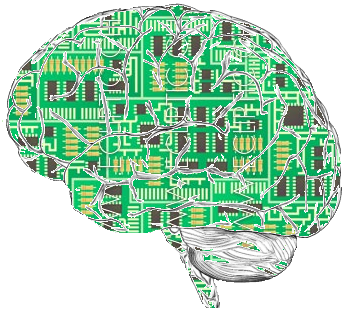 A new DARPA program, Neural Engineering System Design (NESD), is seeking to bridge the gap between the human brain and the digital world. They believe this can be achieved through an implantable neural interface that offers unprecedented resolution and data-transfer bandwidth between the human brain and technological devices.
A new DARPA program, Neural Engineering System Design (NESD), is seeking to bridge the gap between the human brain and the digital world. They believe this can be achieved through an implantable neural interface that offers unprecedented resolution and data-transfer bandwidth between the human brain and technological devices.
The neural interface will basically serve as a translator that converts the electrochemical language used by neurons in the brain and the language of information technology, that consists of ones and zeros.
In a press release, Phillip Alvelda, the NESD program manager stated: “Today’s best brain-computer interface systems are like two supercomputers trying to talk to each other using an old 300-baud modem. Imagine what will become possible when we upgrade our tools to really open the channel between the human brain and modern electronics.”
Someday we may see device using this technology communicating clearly and individually with any of up to one million neurons in the brain. Should the interface become a reality, practical benefits, such as aiding deficits in sight or hearing by feeding visual and auditory information into the brain, should one day be realized.
Currently neural interfaces approved for human use squeeze enormous amounts of information through only 10 channels. Each channel has to aggregate signals from tens of thousands of neurons at a time. The NESD program aims to improve this current system by developing one that can communicate clearly and individually with any of up to one million neurons in a given region of the brain.
You can find a synopsis of the program on their website. Here is an excerpt for your convenience:
“Achieving the program’s ambitious goals and ensuring that the envisioned devices will have the potential to be practical outside of a research setting will require integrated breakthroughs across numerous disciplines including neuroscience, synthetic biology, low-power electronics, photonics, medical device packaging and manufacturing, systems engineering, and clinical testing. In addition to the program’s hardware challenges, NESD researchers will be required to develop advanced mathematical and neuro-computation techniques to first transcode high-definition sensory information between electronic and cortical neuron representations and then compress and represent those data with minimal loss of fidelity and functionality,”























